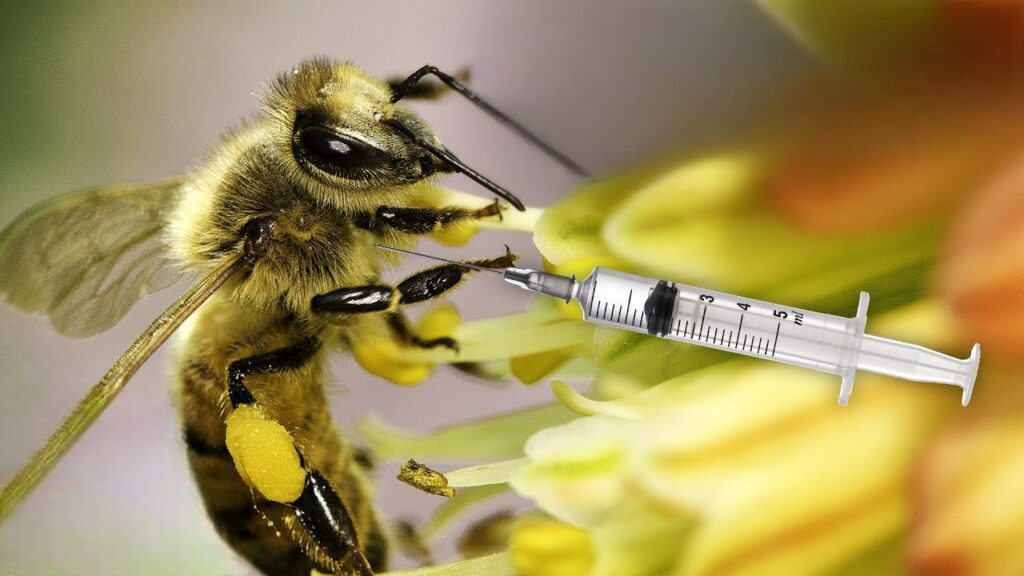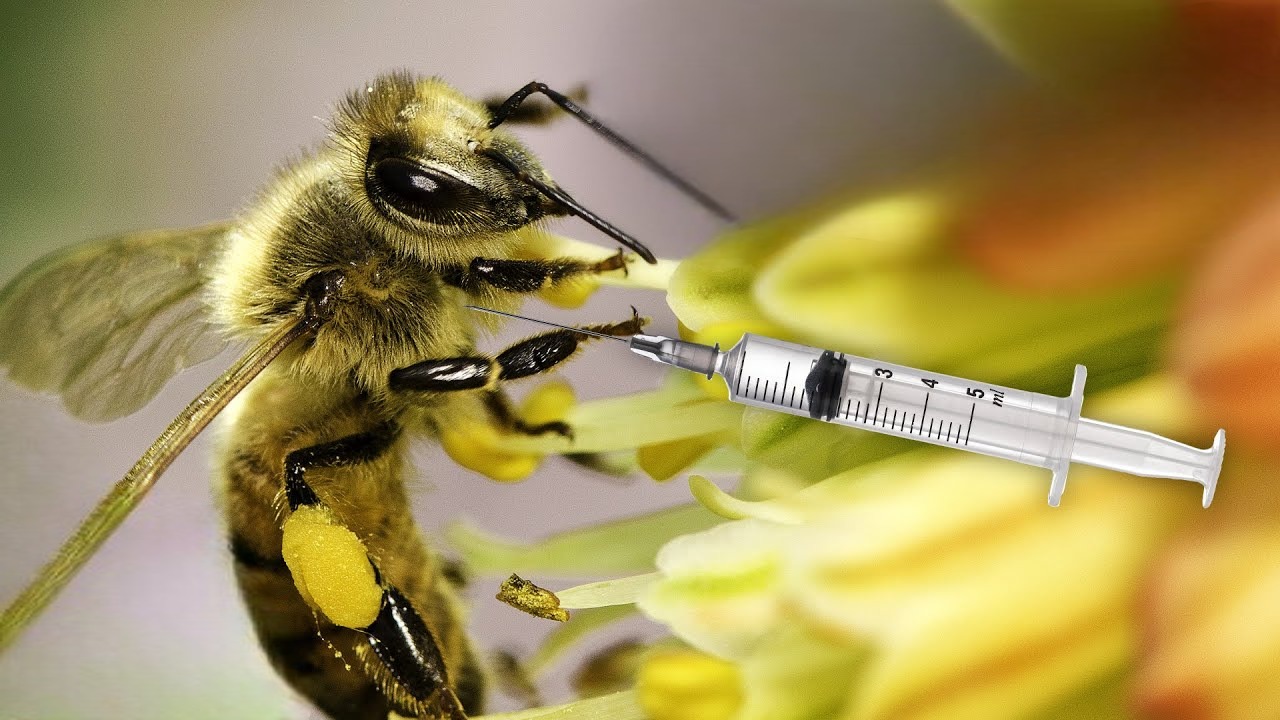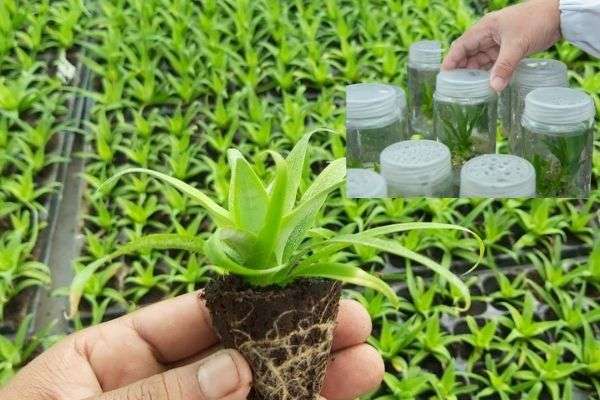USDA Approved it, Let’s Know How it Works

It’s hard enough to make vaccines for humans; imagine trying to do the same thing for a tiny creature with a completely different immune system.
That’s exactly what researchers set out to do for the honeybee.
To begin, let’s address the obvious: Honeybees are an essential component of our food chain.
They not only pollinate a significant portion of the plants we consume, but they also produce delicious honey.
Sadly, a variety of threats, including disease, pesticides, and simply running out of food without climate change, also pose a threat to them.
And there’s one particular threat that has a more recent solution than others: the microscopic organisms Paenibacillus hatchlings is a long-term enemy of the bumble bees.
It is responsible for the infection known as American foulbrood, or AFB, which can quickly spread throughout honeybee hives.
It’s interesting to note that AFB only affects honeybee larvae during their first few days of life.
Nurse bees give the bacterial spores to the larvae, where they multiply and kill the larvae from the inside out.
The infection gets its name from the unpleasant odor and dark brown coloration of the dead larvae and the entire hive.
The bacterial spores can easily spread throughout the hive, including into the honey, as well as between hives and into the ecosystem as the bees forage, and these spores can remain viable for decades in the ecosystem.
Therefore, new hives brought to the same area are at risk even if all the infected bees are eradicated.
Once the infection has been identified, there are a few options for treating hives.
Burning the hives with bees inside is the most effective method, but even though it kills the bacteria, it doesn’t do much good for the bees.
Antibiotics, which can be useful for AFB, are a less scorched-earth option. However, due to growing concerns about antibiotic resistance, giving antibiotics to livestock to prevent disease is illegal in many nations.
Therefore, you can typically only administer antibiotics to your bees once the infection has been identified; however, when dealing with a bacteria such as Paenibacillus, this may be too little, too late.
The fact that this isn’t the first time AFB has plagued beekeeping papers into their colonies is frustrating.
In the late 19th and early 20th centuries, it was one of the most feared honey bee diseases.
In the United States, AFB was a major issue that cost beekeepers thousands of dollars in livestock losses.
In the 1920s, extremely stringent state-level inspections and hive sanitation regulations were instrumental in finally reducing infection rates.
Tragically, following quite a while of low disease levels, a few states loosened up these guidelines that, in mix with an expansion in business beekeeping cross country, has prompted AFB contaminations being on the ascent once more.
AFB can be difficult to prevent when regulations vary from state to state because honeybees are shipped to different locations based on seasonality and need, so regulations in one state can affect bees everywhere.
This is why it’s such a good idea to have a vaccine against AFB.
This is not the first time that the animals in our agricultural system have been immunized.
Numerous commercial livestock, including cows, chickens, and even fish, are vaccinated against a variety of infections.
They must raise a sufficient number of bees for their colonies to continue pollinating our crops and producing honey.
Additionally, the development of a vaccine for AFB could revolutionize the fight to safeguard honeybees.
For the purpose of developing a vaccine for AFB, researchers are currently investigating a few distinct strategies.
Utilizing RNA, a type of genetic material, to elicit an immune response in bees is one promising strategy.
Although their use in COVID-19 vaccines has recently made headlines, RNA vaccines have been studied for decades as a potential platform for vaccines against a variety of diseases.
A vaccine can also be made by using a protein from the AFB bacteria.
The bacteria are able to survive in the environment for such a long time because of this protein, which is known as a spore coat protein. It is located on the outside of the spores of the bacteria.
Researchers anticipate triggering an immune response in bees that will shield them from AFB by developing a vaccine that targets this protein.
Obviously, developing a bee vaccine is not an easy task.
For one thing, the immune system of honeybees is very different from that of humans or other animals, so the vaccine needs to be made just for them.
Additionally, there are concerns regarding the method of administration of the vaccine.
Researchers will need to devise a method for administering the vaccine that is secure, efficient, and feasible on a large scale if they are to successfully treat bees.
Researchers are hopeful that a vaccine for AFB is within reach despite these obstacles.
In point of fact, some initial studies have already produced promising outcomes.
For instance, a group of specialists in Australia as of late tried a RNA immunization in bumble bees and observed that safeguarding them from AFB infection was capable.
In the end, developing a vaccine against AFB will be a crucial step in the fight to protect honeybees and ensure that they continue to play a crucial role in our food system.
We may one day be able to say that we have solved this long-standing issue because of the efforts of scientists and researchers all over the world.







